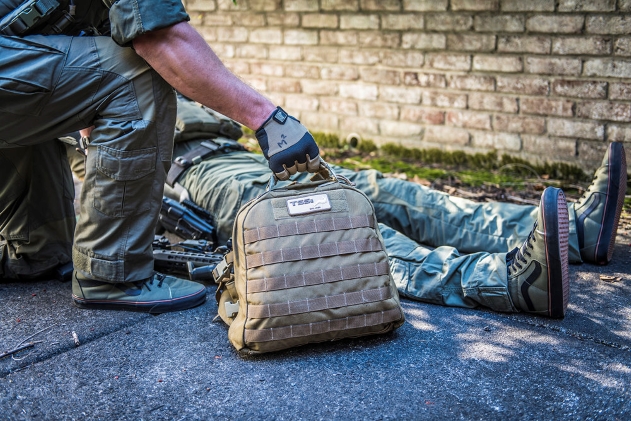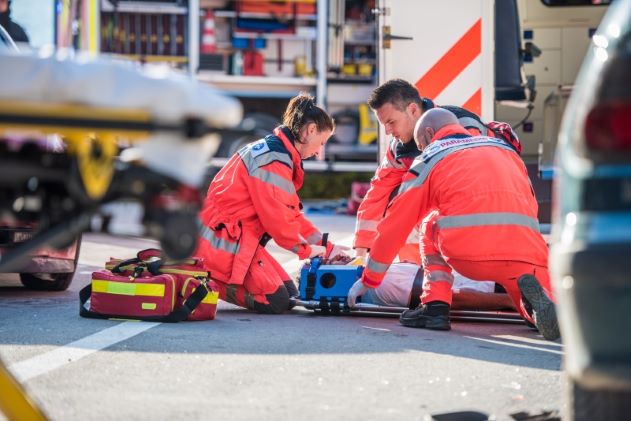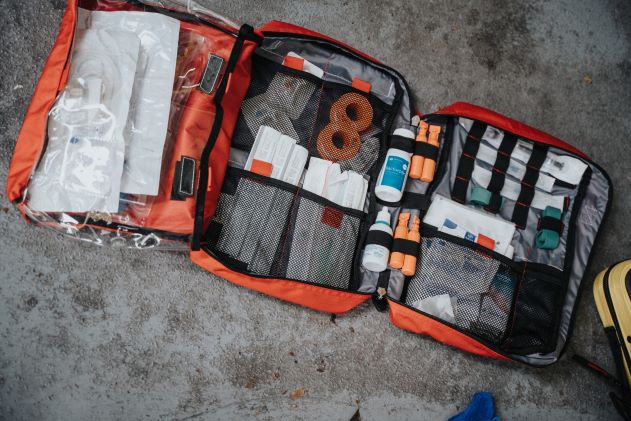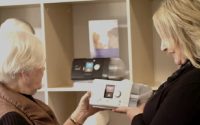First Responder Gear: The Ideal Way to Pack Your Medical Bag
The first responder’s job is one of the most honourable jobs. To be able to save someone’s life can be very rewarding and fulfilling. You get to make lifelong friendships with the people you work with. And, you have the opportunity to learn new things every day. Some of these things can be life lessons that you can’t learn anywhere else.
On the other hand, a first responder’s job can be challenging. Every day you go through various situations that expose your life and health at risk. Not to mention the social struggles, working hours and psychological tolls. Often, you don’t get to see how well is a patient you’ve saved doing as you’ve taken them to the nearest hospital.
If you’re a first responder, we want to use this opportunity to thank you for your service. If you’re seeking a career as a first responder, we want to encourage you to keep up the good work and succeed in your goals.
Besides having skills that save lives and emotional stability, having the right medical gear in those critical seconds that mean life is vital. Whether you’re a police officer, firefighter, soldier or paramedic, having your medical bag ready and packed at any time can help you do the best you can in any given situation. Here are our tips on how to pack your medical bag.

Choosing the Right Medical Bag
Although having all the paramedic equipment is important, laying out your medical bag can be even more critical. And the bag itself is an integral part of your EMS gear. Before you jump into packing your supplies, you must choose the right medical bag for your purposes. There is a wide variety of bags available, and choosing the right one for you can either help you or prevent you from succeeding in your lifesaving mission. What can help you choose the right bag?
The Colour
This may seem irrelevant to you, but the colour of the bag is very important. Imagine having to pick up your bag from a sea of kit bags in a high-stress situation. Bright colours like red, blue, and neon green can make it more visible and easily accessible. It will make it stand out when you need it. On the other hand, if you’re a first responding soldier in the wilderness, you should go for colours that won’t look tired and dirty as quickly as bright-coloured bags. Such colours are black, tan and MultiCam. If you work in law enforcement, you’ll like your bag in a similar colour as your uniforms, such as navy blue or black.
The Number of Pouches
Look for a bag that features an easy opening and has several pouches for an easy supply organisation. You can go for a bag with one or two large pockets and then organise your supplies in small pouch (pocket) bags. Or, you can choose a bag with a lot of elasticated pouches and put your supplies in the featured pockets. Some bags come with additional sacks for labelling, making your supplies even more accessible. Organiser pockets that can be attached with velcro and padded bottoms can also be very useful. Organising the main compartment using removable compartments not only simplifies the layout of the bag but gives you some flexibility without having to repack completely when the situation changes. Another important thing is how the bag opens. Opt for a wide opening or a layout opening that fully reveals the inside of the bag for easy access.

High-Quality Materials
Knowing that your bag will hold your precious EMS gear, it’s important to choose one made of high-quality materials. Such fabrics can go through much wear and tear and still look untouched. The bag must be water, dirt and vomit-proof. If your EMS equipment includes wearing drugs, it should be hazardproof too, so the drugs stay safe. Most tactical and trauma bags are made of heavy-duty materials like 500D nylon or 600D polyester. It’s also important that zippers are sand and fluid resistant, so nothing gets in the bag through them.
How Will You Wear It?
Is a backpack or a handbag better? That depends on how you prefer to wear your bag and where you work. Many urban first responders prefer a duffel style handbag, while military paramedics find backpacks more useful. Some bags come with double straps, making both options available.
What Should Go in Your EMS Bag?
What equipment do paramedics have? The paramedic gear you’ll have in your bag depends on many factors, including your budget, your skillset, kit availability, the number of casualties you are expected to treat, the distance from definitive care and the activities potential casualties are involved in. It’s like packing for a camping adventure: dictated by your personal needs. This means there’s no such thing as an ideal set-up. Yet, a simple guideline of the essentials and nice-to-have items can give you an idea of how to pack your medical bag. Disclaimer: this is just mere guidance that doesn’t advocate the use of EMS equipment by anyone without the appropriate training.

Personal Protective Equipment (PPE)
You can only help others if you have yourself first. This part of the equipment is what you lay your hands on first.
- Essentials: gloves, hand sanitiser.
- Nice to have: goggles/safety glasses, clinical waste bags, sharps shuttle.
Trauma Supplies
Catastrophic haemorrhage or massive haemorrhage is the first intervention for trauma casualties.
- Essentials: tourniquets (at least 2) and compressed gauze.
- Nice to have: haemostatic agents and additional trauma dressings.
Airway
Airway management is a top-priority problem. These supplies should go on the top of the main compartment.
- Essentials: oral airway (OPA), nasal airway (NPA) and lube.
- Nice to have: laryngeal airways, holders, colourimetric capnography and suction.
Breathing
- Essentials: big valve masks, different-sized masks.
- Nice to have: oxygen, pulse oximeter, chest seal, nasal cannula, non-rebreather mask.
Circulation
This is the EMS gear for non-catastrophic bleeding. Pressure dressings are important as applying direct pressure is a vital step to stop any bleeding.
- Essentials: pressure bandages, tourniquet, gauze, tape.
- Nice to have: spare tourniquets, haemostatic agents.
Environmental
Prevent hypothermia when treating trauma casualties:
- Essentials: foil blanket, self-heating blanket.
- Nice to have: hat, blizzard bag, group shelter.
Drugs
Store these in a separate pocket, ensuring they don’t get wet or damaged.



